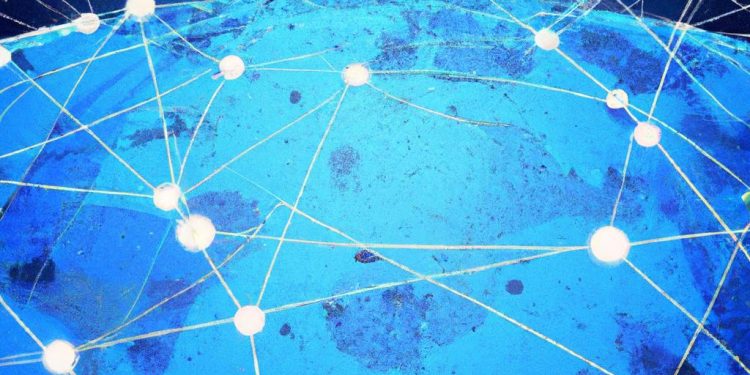In an intricately woven tapestry of knowledge, each thread of information influences, complements, and reacts with the rest. Accepted ideas, stark revelations, and vibrant perspectives all unravel and re-knit into a grand pattern of insight. This beautiful concept encapsulates integrated learning, a practice that moves beyond mere rote memorization into a more holistic, flexible, and dynamic understanding of how different disciplines intertwine and lend context to each other. Drawing on the metaphor of a pointillist painting, this thought-provoking journey, entitled “Connecting the Dots: Exploring Integrated Learning,” delves into this pedagogical approach. Each academic dot we glean isn’t isolated but part of a larger continuum of understanding, and it’s only when we step back that an incisive image coalesces into view. Open your mind as we traverse a learning landscape where dots of knowledge connect and cluster into constellations of comprehension, all under the endless sky of scholarship.
Integrated learning, at its core, is designed to bridge the gap between theoretical knowledge and practical application. Historically, educational systems have been structured such that different subjects or areas of knowledge were taught in isolation. However, in an ever-evolving, interconnected world, this approach is proving to be increasingly obsolete. Integrated learning, therefore, transcends this fragmentation, shaping the learning process to reflect the interrelatedness of real-world issues, concepts, and experiences.
As prominent actors in the learning environment, educators have a pivotal role in facilitating this integrative learning model. Their task extends beyond simply imparting subject-specific knowledge – it also involves cultivating connections and intersections between various domains of study to foster a more holistic understanding of the world. These connections could be thematic, issue-based, inquiry-based, or interdisciplinary in nature. For instance, a lesson on climate change could span the disciplines of geography, economics, and science, thereby encouraging students to recognize the interconnectedness of these fields.
Putting students at the center of integrated learning yields myriad benefits. It boosts their learning prowess as they grasp complex concepts more efficiently, cultivates critical thinking as they establish connections between varied disciplines, and instills a sense of curiosity as they embark on interdisciplinary inquiries. Moreover, an integrated approach also prepares students for the complexities of the real world by developing their problem-solving, collaboration, and communication skills.
As we move forward, implementing holistic learning models will be crucial. A few recommendations for educational institutions towards this end include:
- Imbuing the Curriculum: Enrich the curriculum with integrated learning elements, intertwining various disciplines in a natural and meaningful manner.
- Teacher Development: Provide teachers with professional development opportunities that equip them to successfully implement integrated learning approaches.
- Assessment Reform: Revamp assessment methods to align with an integrated approach, focusing on students’ ability to synthesize and apply knowledge across disciplines.
Navigating the future with an integrated learning model may not be easy, but it is a path we must embark on to prepare our students effectively for the challenges that lie ahead.
In conclusion, the path that merges bifurcating lanes of knowledge into a single, high-speed motorway is the crux of integrated learning. It bridges gaps, threads patterns, and weaves a colorful tapestry that transforms individual threads of data into holistic understandings. Like an origami master folds a sheet into a beautiful crane, integrated learning delicately folds various elements and disciplines of education into a coherent and pragmatic comprehension. It is, by all means, an art as much as a science; a dance as much as a song. And as we continue to explore, tweak, and refine this critical approach, the canvas of learning unfolds into a omnidimensional masterpiece, waiting to be discovered. Let’s keep connecting these dots, for they form the universe of knowledge, waiting, with palpable anticipation, to be mapped out.






123